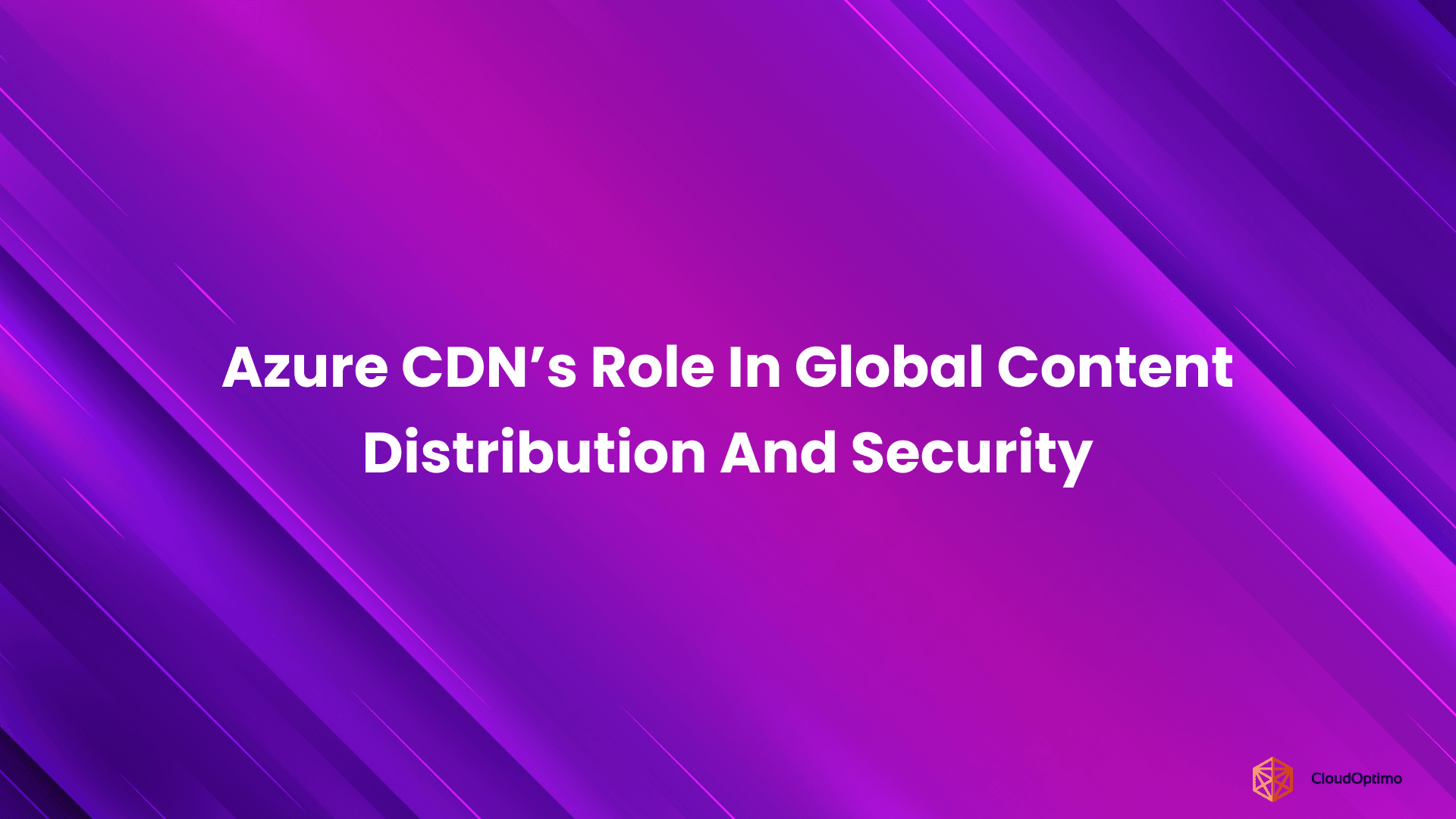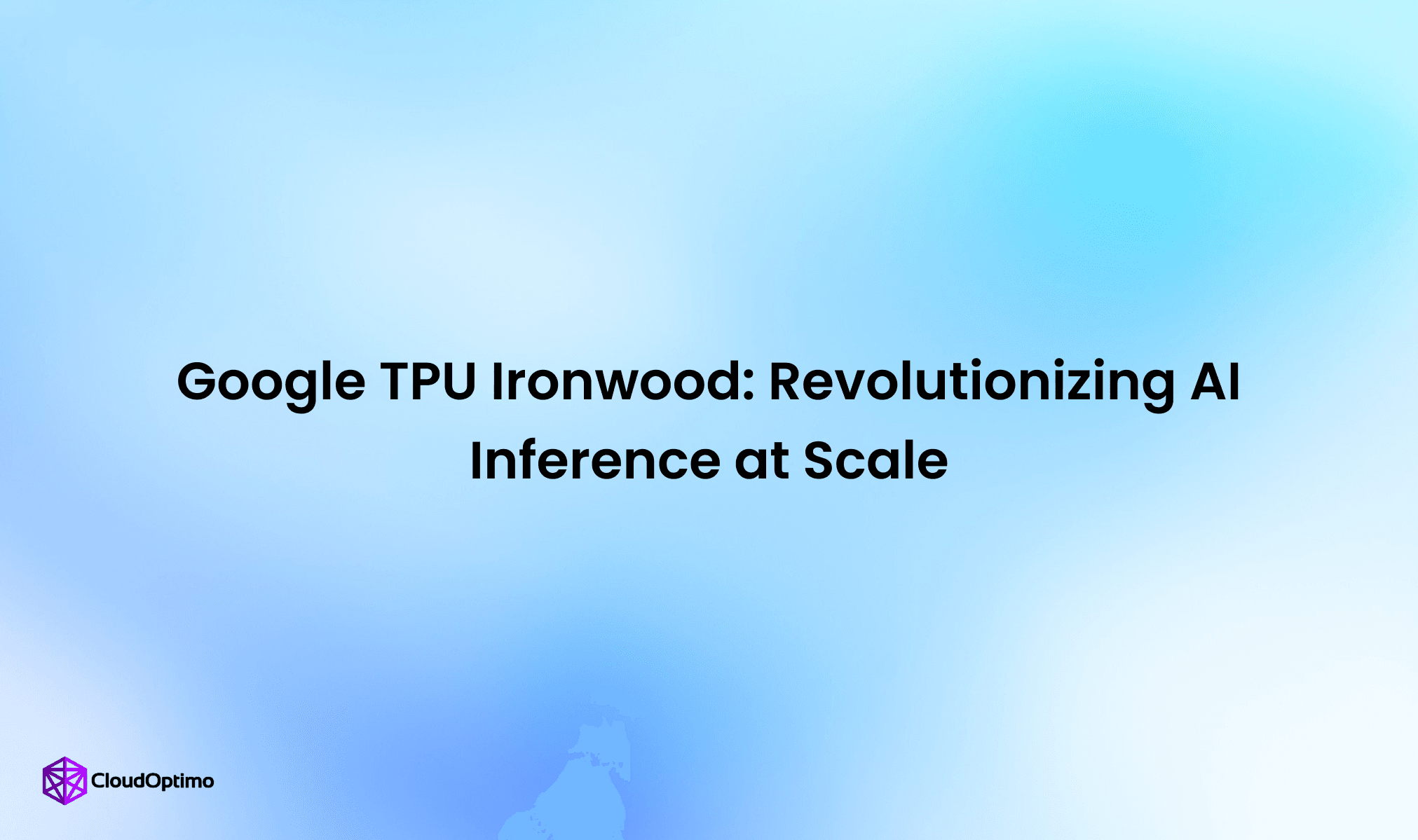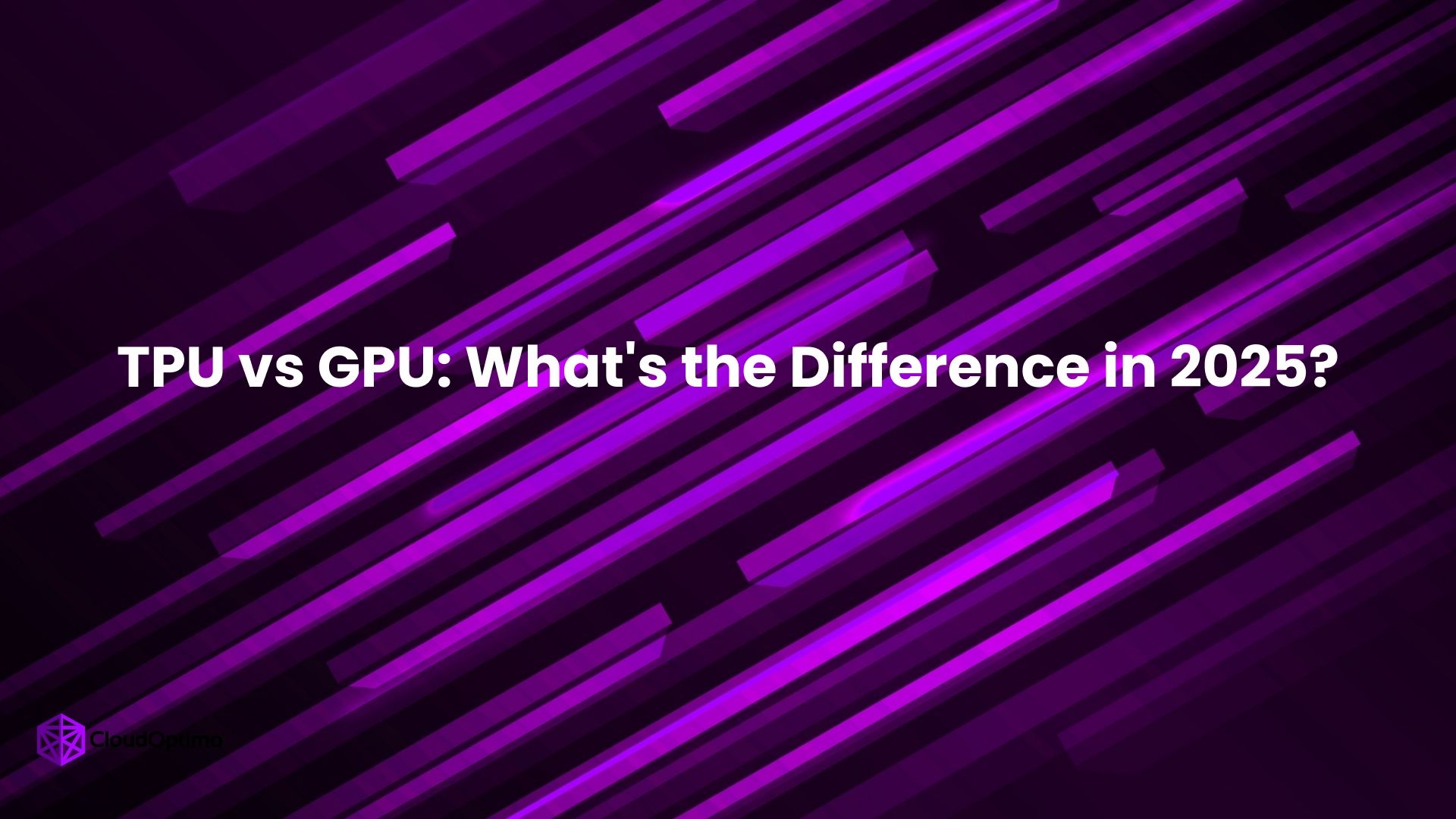Introduction
Tenancy has become essential in determining how modern applications are delivered and designed in the ever-changing world of cloud computing and Software as a Service (SaaS). Tenancy is the term used to describe a situation in which several organizations, known as tenants, share access to the same software program or infrastructure while keeping their privacy and isolation. The way businesses purchase and use software has changed completely due to this major shift. Traditionally on-premises installations have given way to dynamic, scalable, and affordable cloud-based solutions.
There are two unique architectural models- Single Tenant and Multi Tenant. Organizations looking to effectively use cloud-based applications or developers tasked with designing scalable solutions must understand the subtle differences between these approaches.
This blog delves into single-tenant and multi-tenant architectures, exploring their characteristics, considerations, use cases, and key differences.
Single-Tenant Architecture
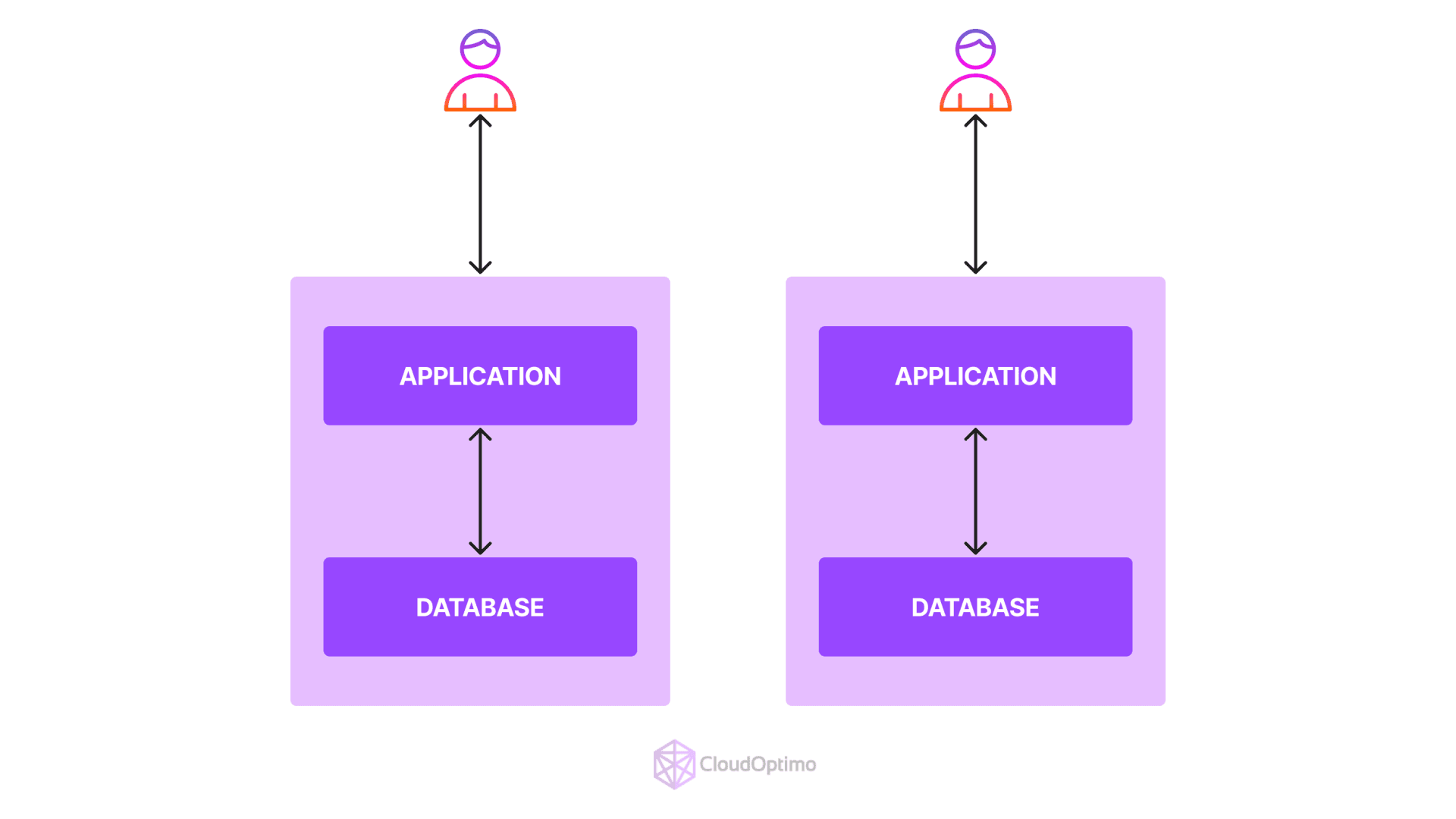
A single-tenant architecture provides a dedicated software instance and supporting infrastructure for each customer. This means each tenant has its isolated environment, including software code, databases, and hardware resources. Think of it as having your private apartment building, with complete control over the functionalities and configurations within your space.
Characteristics of Single-Tenant Architecture
- Dedicated Resources
Each tenant benefits from a dedicated set of hardware, software, and network resources. This eliminates the concerns of resource competition from other tenants, ensuring consistent performance and scalability for individual needs.
- Enhanced Security
A single-tenant architecture ensures data isolation by design. Reducing the chance of data breaches or unwanted access, each tenant works inside their own secure enclosure.
- High Customization
Tenants have complete control over the software configuration and can tailor it to their specific workflows and requirements. This includes the ability to integrate custom features and functionalities.
- Improved Performance
Predictable performance is a hallmark of single-tenant architecture. Since resources are not shared, performance fluctuations caused by other tenants are virtually eliminated.
Considerations for Single-Tenant Solutions
- Cost: The dedicated infrastructure required for each tenant translates to higher overall costs for the software provider. These costs are often reflected in the pricing structure for the tenant.
- Scalability: While scaling a single instance is simple, scaling multiple deployments of single tenants can be difficult for the provider.
- Management Overhead: Managing many isolated environments can be resource-intensive for the provider, impacting overall efficiency.
Use Cases for Single-Tenant Architecture
- Highly Regulated Industries: Single-tenant deployments are frequently preferred for increased security and control in industries like finance and healthcare which have strict security and compliance requirements.
- Mission-Critical Applications: Organizations relying on business-critical applications where performance consistency and uptime are paramount, might find single-tenancy a compelling choice.
- Highly Customized Workflows: When extensive customization or integration with specific third-party systems is crucial, single tenancy provides flexibility.
Multi-Tenant Architecture
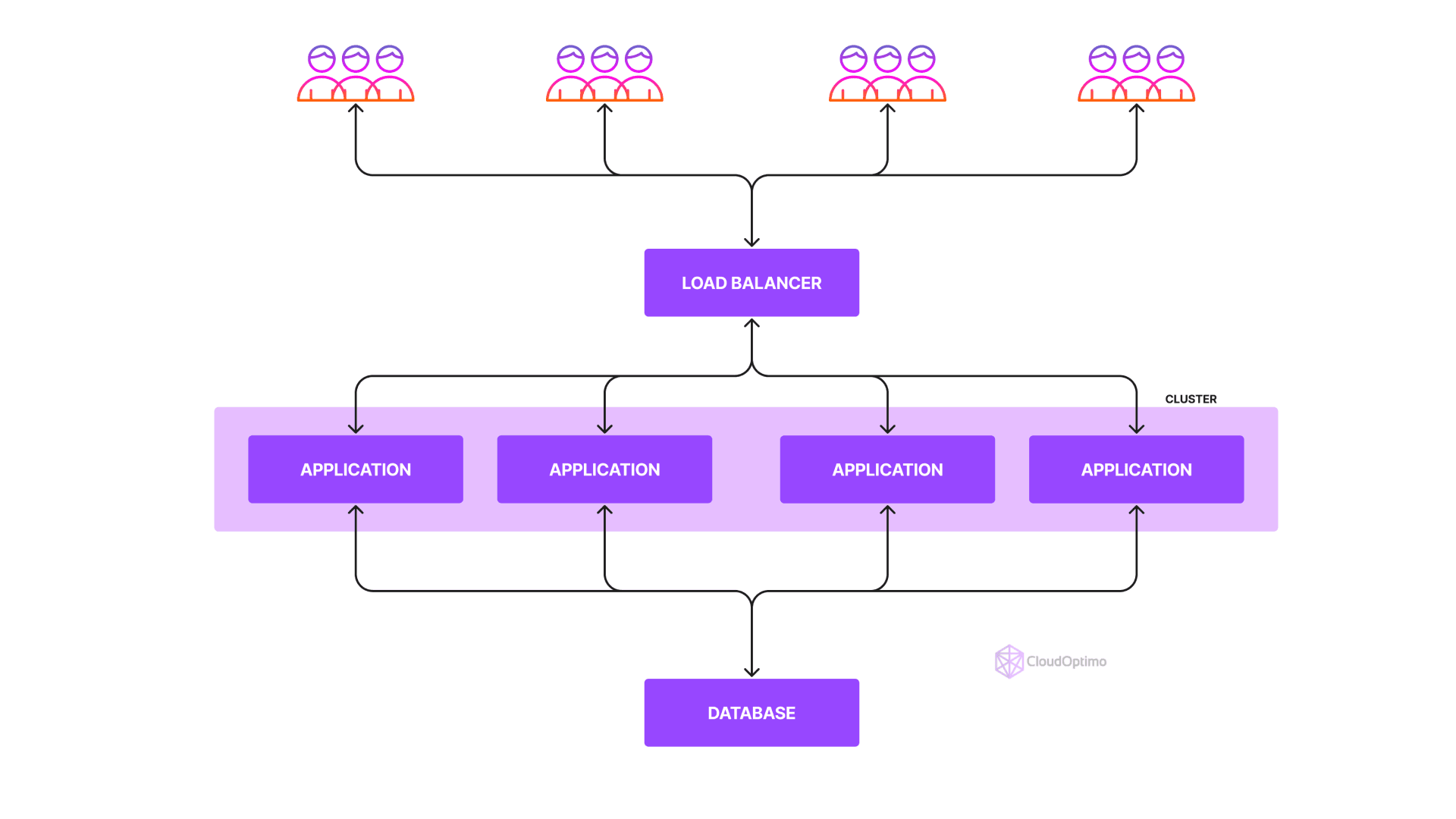
A multi-tenant architecture utilizes a single instance of the software application and the underlying infrastructure to serve multiple customers. This shared environment is logically partitioned to ensure data isolation for each tenant. Imagine a high-rise apartment building where each unit has its own space and resources but shares the building's core infrastructure, like electricity.
Characteristics of Multi-Tenant Architecture
- Shared Infrastructure
A single instance of the software application and underlying infrastructure serves multiple tenants. Resource utilization is optimized, leading to cost efficiencies for both the provider and the tenants.
- Scalability
Scaling a multi-tenant application is often more straightforward. The provider can easily accommodate additional tenants by provisioning more resources to the shared infrastructure.
- Reduced Management Overhead
Managing a single instance simplifies maintenance and update processes for the provider, potentially translating to lower costs for tenants.
Considerations for Multi-Tenant Solutions
- Security: Data isolation is a critical aspect of multi-tenancy. Robust security mechanisms must be implemented to ensure tenant data segregation and prevent unauthorized access.
- Data Isolation Techniques: Multi-tenant architectures rely on the logical separation of data for each tenant. This can be achieved through techniques like database schemas with tenant-specific identifiers, role-based access controls (RBAC), and containerization technologies like Docker. Docker isolates tenant workloads at the operating system level. Imagine each tenant's application running within its secure container, similar to separate apartments in a building. This isolation restricts processes from one tenant from accessing resources or data belonging to another tenant. This enhances security by creating an additional layer of protection within the shared environment.
- Encryption: Even in shared environments, sensitive data must be protected during transit and at rest via encryption.
- Access Control Mechanisms: Granular access control mechanisms are essential to restrict unauthorized access to tenant data. Multi-factor authentication (MFA) and strong password policies add further layers of security.
- Vulnerability Management: Regular security audits and penetration testing are necessary to identify and address potential vulnerabilities in a multi-tenant environment. Reducing side-channel attacks, where data from one tenant might be derived from another's activity, requires careful consideration.
- Performance: Performance for individual tenants can be impacted by resource utilization by other tenants sharing the infrastructure.
- Resource Allocation: Techniques like CPU quotas, memory reservations, and I/O prioritization can ensure fair and predictable resource allocation among tenants.
- Multi-Tenant Aware Caching: Caching mechanisms can be designed to store frequently accessed data specific to each tenant, reducing database load and improving response times.
- Performance Monitoring: Proactive performance monitoring tools can identify potential bottlenecks and resource constraints within the shared infrastructure. This allows for adjustments to optimize performance for all tenants.
- Customization: In a multi-tenant environment, the ability to customize the application functionality may be limited to maintain a consistent user experience for all tenants.
- Scalability: Scaling a multi-tenant architecture is generally simpler compared to single-tenant deployments. Here's a breakdown of horizontal scaling approaches:
- Horizontal Scaling: In multi-tenant environments, adding more resources (e.g., servers) to the existing infrastructure scales the application to accommodate additional tenants. This approach is often automated, enabling elastic scaling based on user demand.
- Sharding Databases: Sharding databases, for large datasets, assigns a unique key to each server and distribute data among them (e.g., tenant ID). This improves query performance and scalability for large multi-tenant deployments.
Use Cases for Multi-Tenant Architecture
- Cost-Sensitive Applications: For SaaS solutions catering to a broad user base where cost is a primary concern, multi-tenancy offers an attractive value proposition.
- Rapid Deployment: The ease of deployment and scalability make multi-tenant architecture ideal for applications requiring quick rollouts and potential for rapid user growth.
- Standard Functionality: When the software offers a core set of functionalities with limited customization requirements, multi-tenancy is a viable option.
Key Differences between Single Tenant vs Multi-Tenant
| Feature | Single-Tenant | Multi-Tenant |
|---|---|---|
| Infrastructure | Dedicated resources for each tenant | Shared resources for all tenants |
| Security | High isolation, reduced risk of breaches | Logically partitioned, potentially higher risk |
| Customization | High degree of customization is possible | Limited customization options |
| Performance | Predictable and Dedicated | Dynamically Allocated |
| Scalability | Predictable scaling with dedicated resources | Highly scalable, automatic adjustments |
| Cost | Higher cost for tenants and provider | Lower cost for tenants and provider |
| Management Complexity | More Complex | Less Complex |
Choosing the Right Architecture

Assess Your Security and Compliance Requirements
- High-Security Needs: When dealing with highly sensitive data or adhering to strict data privacy regulations (e.g., HIPAA, GDPR), a single-tenant architecture with its inherent data isolation often remains the preferred choice.
- Lower Data Sensitivity: For applications where data privacy is important but regulations are less stringent, a well-secured multi-tenant architecture can be a viable option. Leverage the detailed security considerations mentioned earlier to ensure proper data protection in a multi-tenant environment.
- Evaluate Your Customization Needs
- Unique Workflows and Integrations: Do you need to tailor the application significantly to fit unique workflows or integrate seamlessly with existing infrastructure? If so, a single-tenant architecture offers greater flexibility.
- Adapts to Standard Features: Are you comfortable adapting your processes to the application's existing features? A multi-tenant architecture can be a good choice if extensive customization is optional.
- Consider Your Performance Requirements
- Predictable Performance is Critical: A single-tenant architecture guarantees dedicated resources for optimal performance for mission-critical applications where consistent response times and user experience are essential.
- Scalability a Top Priority: A multi-tenant architecture might be more appropriate if you need to be able to scale quickly and anticipate rapid growth. The scalability of these solutions is essential as more tenants can utilize the current infrastructure.
- Analyze Your Budget
- Total Cost of Ownership (TCO) Consideration: While single-tenant solutions might have a higher upfront cost due to dedicated resources, the total cost of ownership (TCO) can be lower over time. This is because you don't need to invest in additional IT resources to manage your infrastructure.
- Cost-Effectiveness is Key: For businesses prioritizing affordability, the lower subscription fees associated with multi-tenant solutions can be a significant advantage. Multi-tenant architectures offer cost-efficiency due to shared resources.
- Reflect on Your Management Expertise
- Strong Internal IT Resources: If you have an IT department equipped to manage and maintain dedicated infrastructure, a single-tenant architecture might be manageable in-house.
- Focus on Core Business: Do you prefer a hands-off approach, letting the cloud provider handle infrastructure management? In that case, a multi-tenant solution is likely the better fit.
By considering these factors, you'll get a clear idea of which architecture aligns best with your priorities.
Cost Optimization Strategies
The cost implications of your chosen architecture are crucial. Here’s how to optimize costs for both approaches:
- Single Tenant- While dedicated resources offer benefits, they can lead to higher overall costs. To optimize:
- Right-Sizing Resources: Carefully assess your resource requirements (CPU, memory, storage) and avoid overprovisioning. Scale resources up or down as needed.
- Reserved Instances: For predictable workloads, consider leveraging reserved instances offered by cloud providers. When compared to on-demand pricing, these can result in significant cost savings.
- Multi-Tenant - Shared resources offer inherent cost efficiencies, but cost management is still essential:
- Multi-Tier Pricing: Many cloud providers offer multi-tier pricing models for multi-tenant deployments. These models base costs on tenant usage (storage, compute) allowing for cost optimization.
- Autoscaling: Implement autoscaling to automatically adjust resource allocation based on tenant demand. This prevents overspending on unused resources.
Conclusion
Both single-tenant and multi-tenant architectures offer distinct advantages and considerations. By carefully evaluating your business needs, security requirements, budget, and future scalability plans, you can make the right choice and select the architectural approach that best aligns with your specific goals.

